Receiving around 17 million tourists in 2024, Vietnam is known for its breathtaking limestone cliffs, emerald bays, and ancient cities. Having spent two weeks in Vietnam, I share well-researched and firsthand travel tips that are especially useful for first-time visitors.
Lists By Lukiih is readers-supported. When you buy with my affiliate link, I may earn a small commission. Thanks!
📌 Planning
Popular Places l When To Visit l How Long To Visit l Entry Requirements
Popular Places
- Hanoi – the capital city is the second-largest city in Vietnam. The Old Quarter area has narrow and bustling streets filled with motorbikes, delicious food, and historical sites.
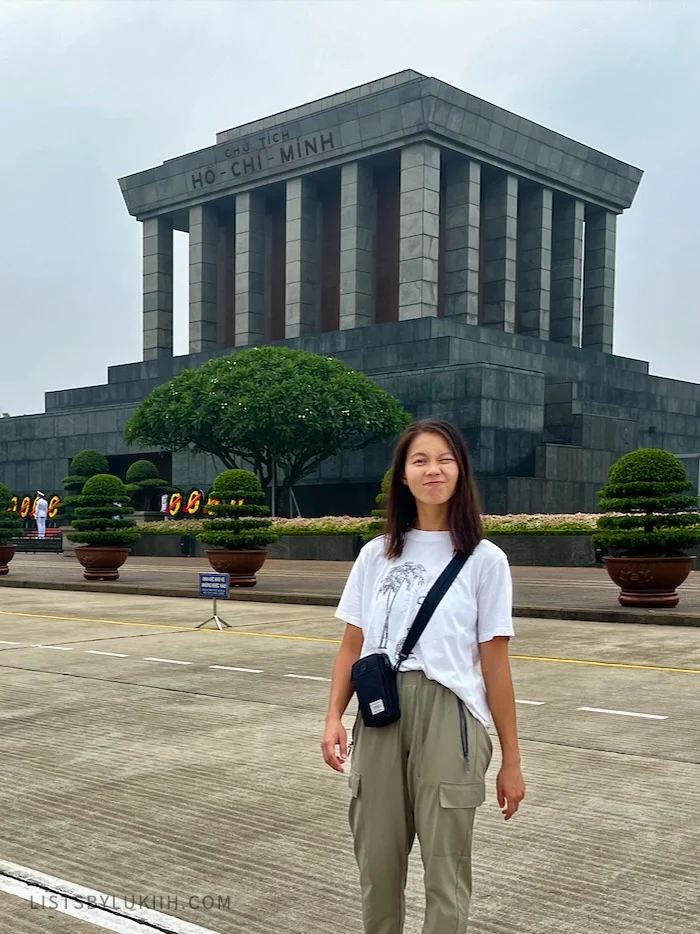
- Ho Chi Minh City (Saigon) – Vietnam’s most cosmopolitan city with an active nightlife. Its most famous attractions include the War Remnants Museum and the Cu Chi Tunnels used during the wars.
- Hoi An – a well-preserved ancient town known as the tailoring capital of the world and the food capital of Vietnam.
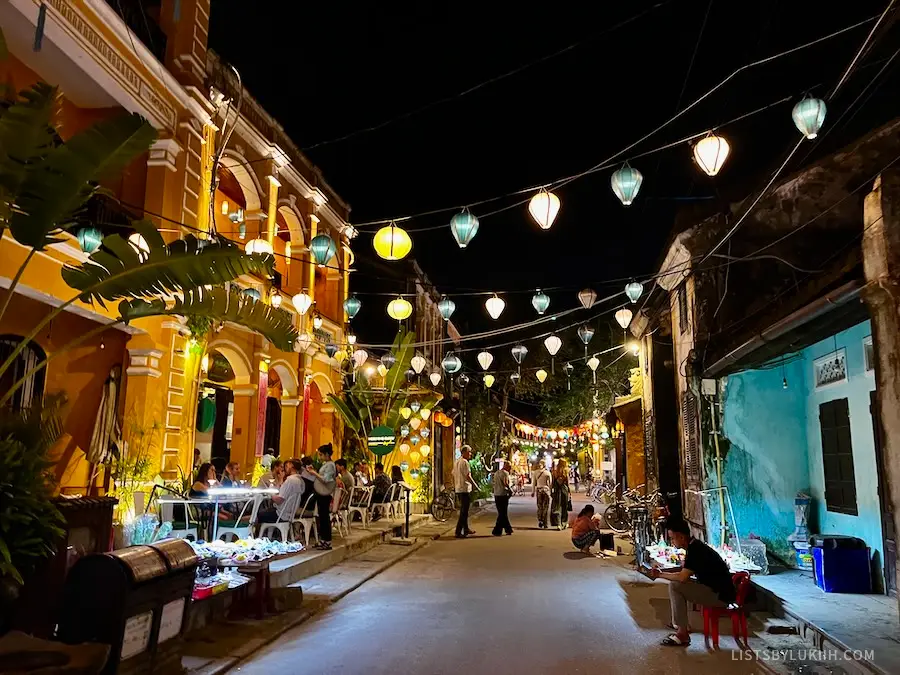
- Halong Bay – a UNESCO World Heritage Site that is world-famous for its spectacular limestone cliffs submerged in emerald waters.
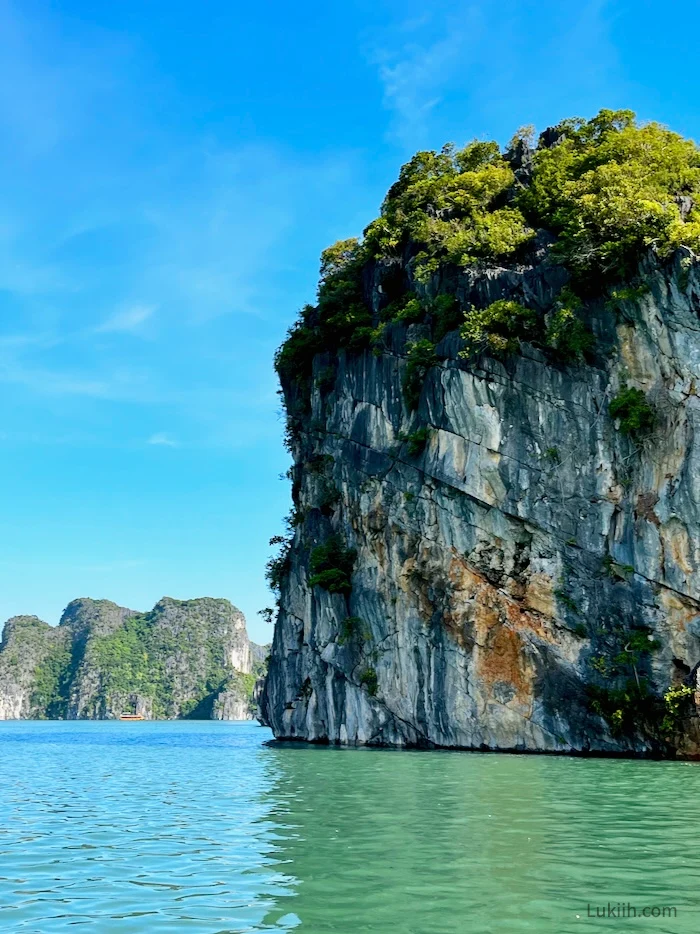
- Da Nang – a coastal city known for its pristine beaches (My Khe Beach is the most well-known one) and the clusters of marble hills called Marble Mountains.
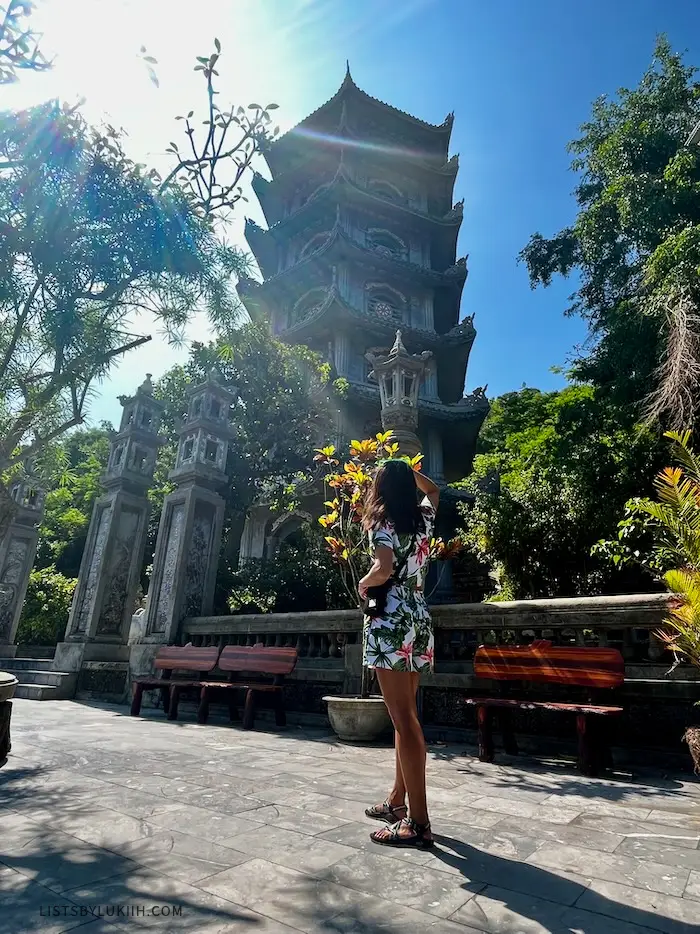
I visited all the places above except Halong Bay (I went to a nearby more tranquil bay) and Ho Chi Minh, and here are my honest thoughts on them:
- Hanoi – The traditional Vietnamese food here was phenomenal, but the air quality was poor, and crossing the streets was terrifying (i.e., you have to step in front of oncoming traffic). I’m glad I experienced Hanoi for a bit, but I wouldn’t spend too much time here.
- Hoi An – This is a pedestrian-friendly small town with a picturesque atmosphere. Visiting Hoi An was a nice change of pace for me after I spent most of my time in northern Vietnam jumping off rocks and riding a motorbike around the mountains. I highly recommend getting affordable custom clothes here.
- Da Nang – This is near Hoi An and is a more residential area. It was a great day trip that I think it’s worthwhile if you’re in the central region already.
- Lan Ha Bay (near Halong Bay) – While Halong Bay is stunning, Lan Ha Bay is also beautiful and much more tranquil, which made the trip there very worth it. Rock climbing in that area was breathtaking.
When To Visit
- The best time to visit Vietnam varies by region. You generally want to visit during the dry warm season:
- North Vietnam – October-April
- Central Vietnam – February-August
- South Vietnam – November-April
Monsoon season is from May to September in northern Vietnam and May to October in southern Vietnam. These are the times you will likely experience heavy rainfall.
I visited Vietnam in late October and early November and experienced mostly warm days with some intermittent rain and cloudy days. The humidity felt high compared to the US where I live, so I was most comfortable in loose-fitting clothes.
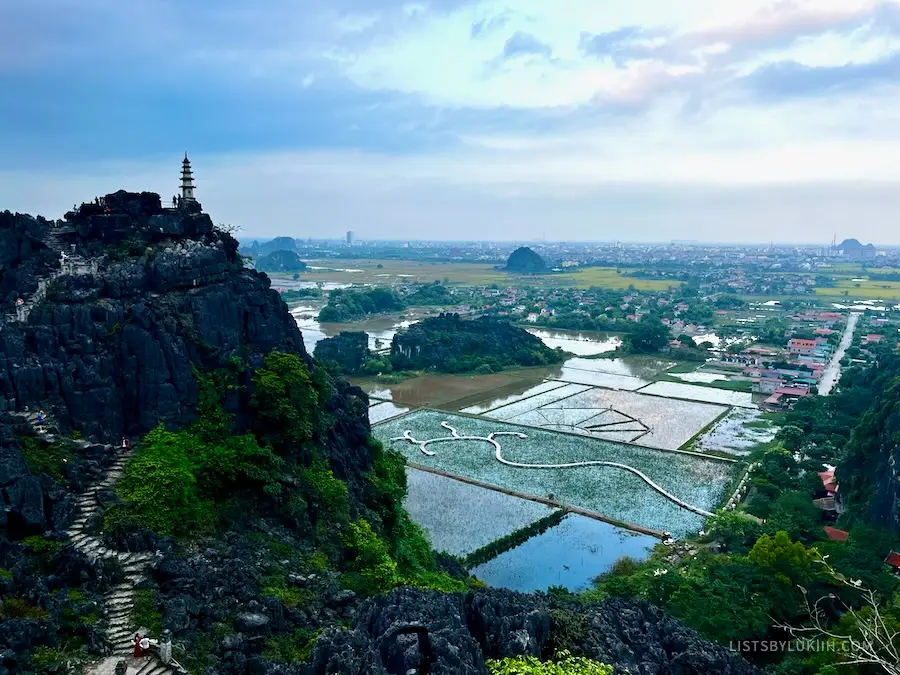
How Long To Visit
- 3-5 days – enough time to visit Hanoi in the northern region or Ho Chi Minh City in the southern region. You can also plan a day trip from either city, but you won’t have much time for anything else.
- 1 week – focus on visiting either northern or southern Vietnam. You can likely only visit two to three areas in that region depending on how much you want to move around.
- 2 weeks – enough time to explore 2 regions of the country. This will give you enough time to see the different towns, cities, and landscapes.
I spent 12 days in Vietnam: 2 in Hanoi, 3 doing the Ha Giang Loop, 1 in Ninh Binh, 2 in Lan Ha Bay, 3 in Hoi An, and 1 in Da Nang. At that point, I felt like it was a good time to leave Vietnam and come back on a second trip. Three or more weeks in Vietnam would have been a bit tiring at the rate I was moving around. That said, if I had an extra week in Vietnam, I would have prioritized visiting natural wonders like the ones in Phong Nha over going to the south.
⛰️ 10 Epic Days in Vietnam: A Unique & Active Itinerary
Entry Requirements
- a tourist visa is required for US citizens visiting Vietnam and is valid for 90 days. You can apply online.
- the e-visa costs $25 USD and takes three business days to process.
When applying for a Vietnam visa, read and follow all instructions closely. One of my friends submitted photos incorrectly, and their visa was delayed. Another friend’s entire Vietnam trip was canceled because they didn’t check the right boxes in the application.
💰 Logistics
Money
- Many places do not accept credit cards. Vietnam’s economy heavily relies on cash transactions, so bring cash.
- The Vietnamese dong is the country’s official currency. USD is not widely accepted, so make sure to exchange currencies.
💰 My Vietnam Trip Cost: Budget Breakdown (2025)
Getting Around
- Vietnam has several international airports. The biggest and most commonly used ones are:
- Noi Bai International Airport (HAN) in Hanoi (north)
- Tan Son Nhat International Airport (SGN) in Ho Chi Minh City (south)
- Da Nang International Airport (DAD) in Da Nang (central)
- For long distances, the best way to get around is by domestic flight since the regions are far apart. You can also take a sleeper bus, but the experience is less convenient. For short distances, you can rely on tuk-tuks, motorbikes, taxis, or “drivers for hire” (see below).
Download the Grab app (iOS, Android), the ridesharing app of Southeast Asia. It’s a convenient way to call taxi drivers to get around cities and tourist areas.
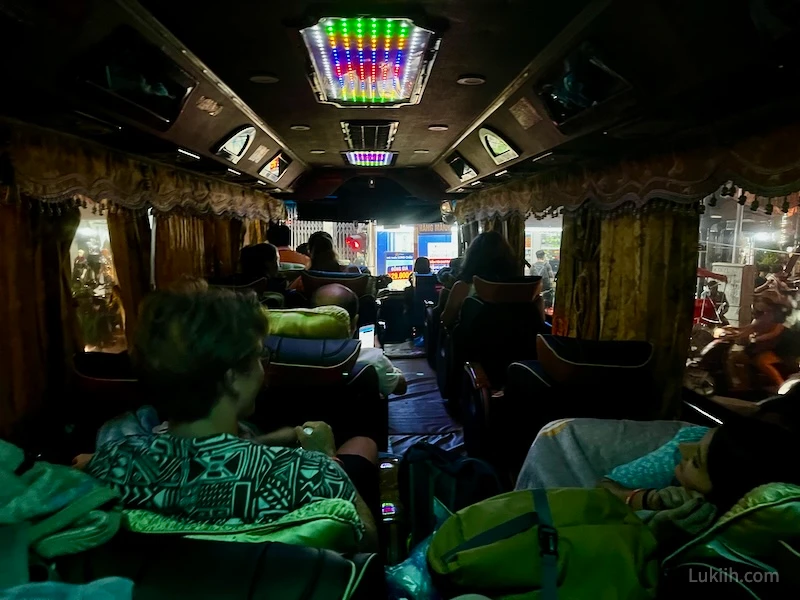
I traveled around Vietnam in various ways and here are my observations:
- Domestic flights – Domestic flights are very convenient and relatively cheap. I booked a one-and-a-half-hour VietJet flight from Hanoi to Hoi An and it cost $24 USD. Traveling by land would have taken over 13 hours.
- Budget airlines – If you’re flying on budget airlines that hop around Asia, be aware of bag weight limits with extra fees. I flew AirAsia and VietJet Air and both had a combined carry-on and checked-bag limit of 7kg (about 15 lbs).
- Driver for hire – In many places in Vietnam, you’ll find willing drivers who are ready to drive you to places for cheap (e.g., $30 USD for several hours). How you hire these drivers can be very casual (one of my tailors in Hoi An called her brother to drive me around for the rest of the day), but make sure you trust the source who is connecting you.
- Sleeper bus – I took a sleeper bus from Hanoi to Ha Giang for the stunning Ha Giang Loop. The sleeper bus was very affordable, but I found it difficult to fall asleep at the beginning. Make sure to pack earplugs and a sleeping mask if you’re a light sleeper.
- Songthaews – I took several of these in Chiang Mai and they were very cheap but mostly uncomfortable, so I only recommend them for very short distances.
- Public transit – Public transport is uncommon in Thailand except in Bangkok, which has the affordable MRT and BTS Skytrain. It was convenient to take them when traveling to and from the airport.
💊 Safety
Health
- not safe to drink. Hotels, restaurants, and tour operators will often provide bottled water.
- Vietnam has a tropical climate and disease-carrying mosquitoes (dengue fever is common), especially during the rainy season, so protect yourself.
I didn’t have any health-related issues in Vietnam and recommend taking some precautions:
- Tap water – On top of not drinking tap water, the general word of wisdom is to avoid eating raw vegetables or seafood in Vietnam to reduce your chances of food poisoning. You’ll also want to avoid ice. I was happy to eat street food and local cuisine but avoided eating raw vegetables unless I was on a verified street food tour.
- Mosquitoes – I found mosquitoes to be prevalent in Thailand. I was constantly applying bug-repellent lotion every time I stepped outside.
Crime
- Vietnam is considered a safe country to visit and is one of the safest in Southeast Asia.
- The country has a travel advisory level of 1 per the US government.
- It’s ranked #41 out of 163 safest countries by the Global Peace Index (for reference, the US is ranked #132).
- Some typical scams to watch out for include:
- The overcharging driver scam – the driver-for-hire economy is very casual, so make sure to always agree on a price beforehand.
- The fake gem scam – don’t buy valuable items from strangers.
- The motorbike rental scam – rent from reputable sources and take photos of any existing damages.
I didn’t have any issues with theft or violence in Vietnam. One of the scariest things I experienced was crossing the street in bigger cities like Hanoi and Ho Chi Minh City. Make sure to learn how to cross the street safely in those places (e.g., step into the street while keeping an eye on oncoming traffic and walk in a straight, predictable path with a consistent pace so that vehicles can go around you.)
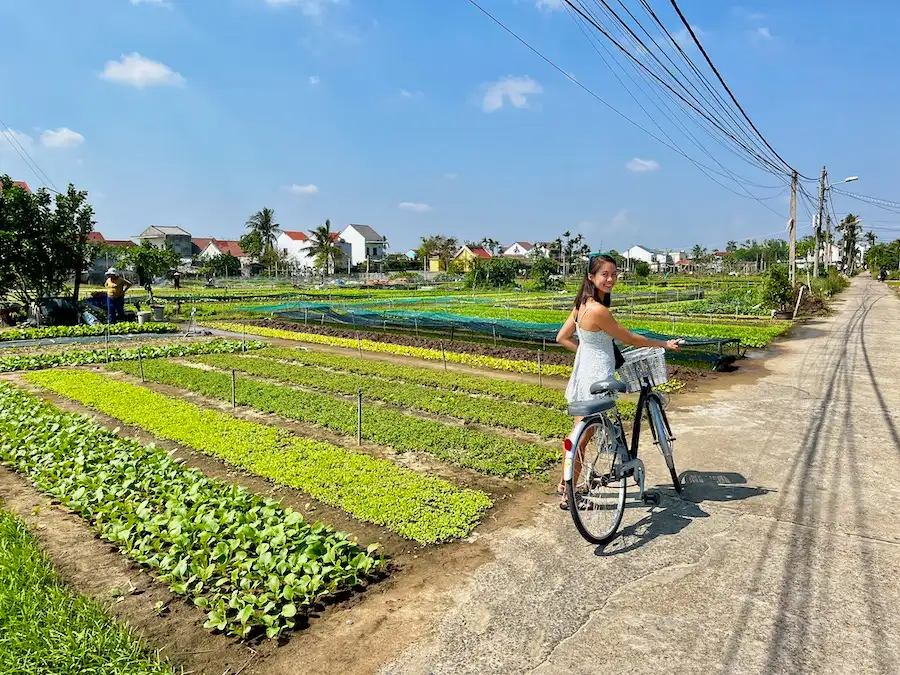
🌍 Culture
Language l Food l What To Wear
Language
- Vietnamese
- somewhat used (about 40% of locals speak basic English in tourist areas)
Vietnam is more English-friendly than some expect. If you venture into more local areas, you’ll find that English is not widely spoken. Menus and signs will typically not include English unless you’re at a tourist attraction. I went to two extremely local restaurants in Hanoi where they didn’t speak any English. I just ate whatever I saw the locals eat because no one spoke English and Google Translate wasn’t helpful.
Food
- Pho (a noodle soup made with slow-cooked broth, rice noodles, herbs, and either beef or chicken)
- Banh mi (a crispy baguette sandwich filled with a mix of meats, pate, pickled vegetables, and fresh herbs), spring rolls (fresh rice paper rolls stuffed with shrimp, pork, vermicelli, and herbs), bun cha (a Hanoi specialty of grilled pork patties and slices served with vermicelli noodles, fresh herbs, and a tangy dipping sauce).
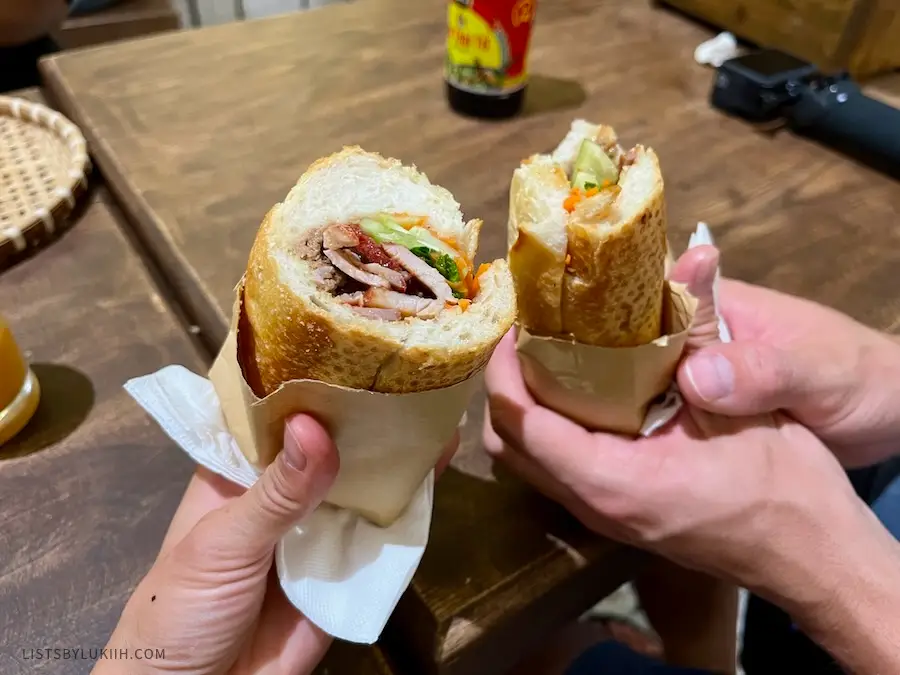
One of Vietnam’s highlights as a visitor is its unique cuisine that you can eat at extremely affordable prices. Here are some of my observations:
- Egg coffee – A unique coffee drink to try in Hanoi is egg coffee, which I highly enjoyed, but I thought of it more as a dessert drink. In central Vietnam, they have salted coffee.
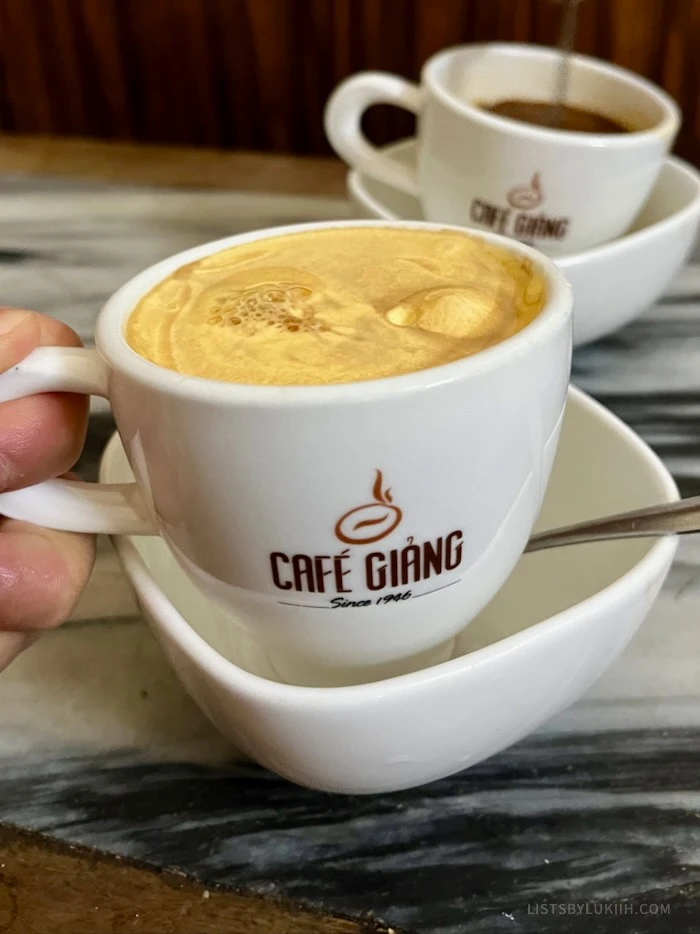
- Varied cuisines – Each region has its own unique cuisine. For example, cao lau is a Hoi An specialty comprised of thick noodles with slices of pork. It’s one of my favorite foods I got to try in Vietnam.
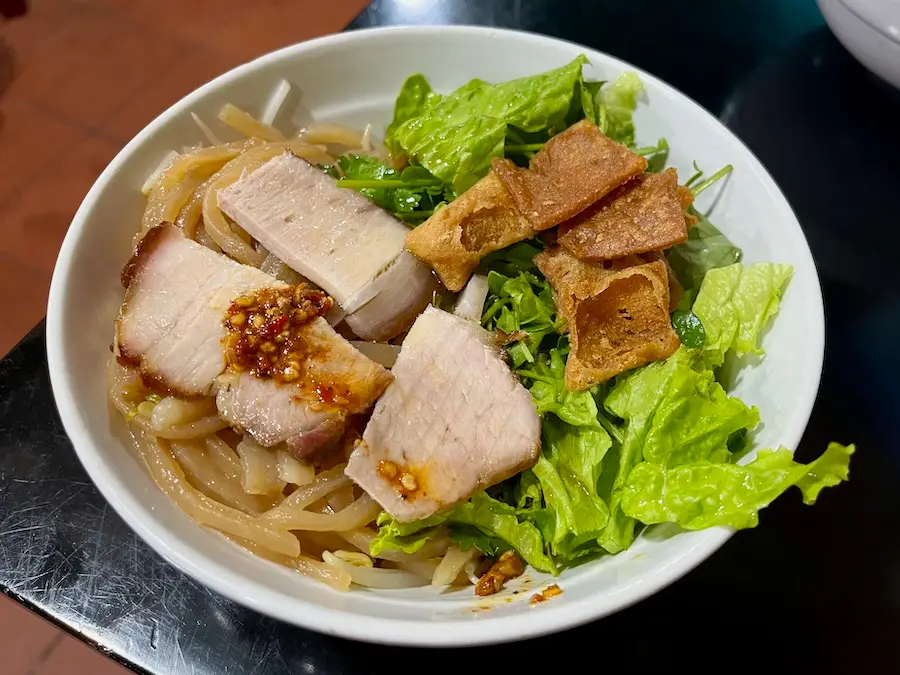
- Food tour – One of the best things I did in Vietnam was a street food tour early in my trip. It allowed me to quickly learn about authentic Vietnamese food to try to eat for the rest of my trip.
What To Wear
- What to wear – Regardless of the season, Vietnam is generally a hot and humid country, so pack and wear loose-fitting clothes to stay comfortable. Avoid packing jeans because they will be hard to dry if you get them wet (dryers are not common in Vietnam).
Some temples and religious sites in Vietnam require women to cover their knees and shoulders, so pack long skirts and pants. However, you’ll find that Vietnam is not as strict with its dress code as neighboring Thailand and Cambodia.
- How locals dress – they dress in more conservative ways than people from the US. Most locals won’t show much skin but it’s fine to wear tight-fitting clothes in some areas.
I bought light, long, and loose-fitting clothes in Vietnam to keep myself covered, but also cool. You can find many of these types of clothes for cheap there. I packed my jean shorts but I regretted it due to the humidity. I highly recommend not packing any jeans.
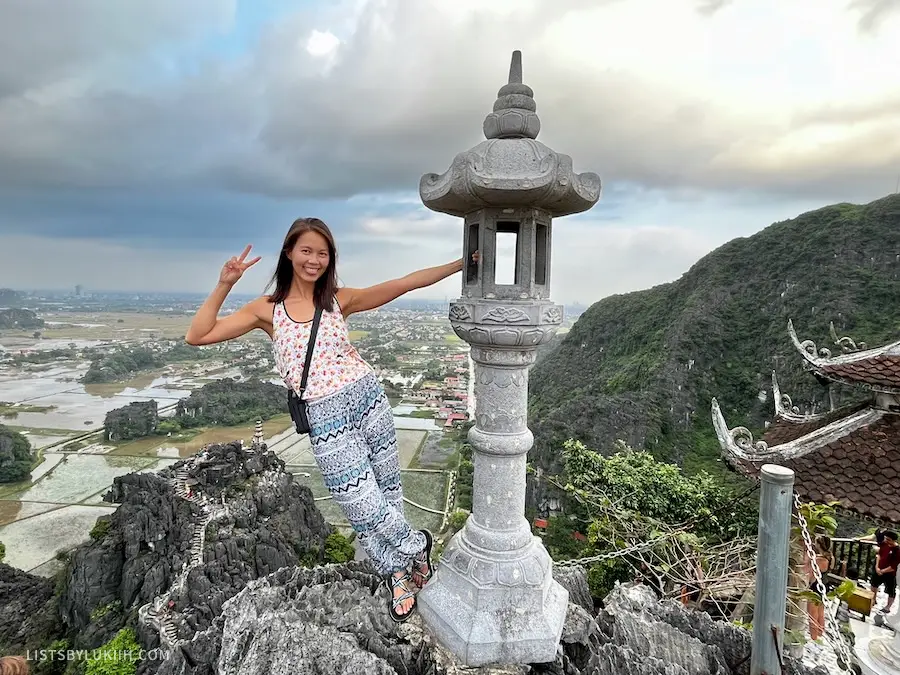
💡 Miscellaneous Tips
Other practical observations I made during my trip:
- Bring TP and hand sanitizer – Make sure to carry these two things as many public bathrooms do not carry TP or soap.
- Get used to the bathrooms – You won’t see many bathtubs in Vietnam. You’ll simply see a showerhead. It’s a good idea to pack sandals for this reason as your floor will get wet by design.

Vietnam Trip Planner 2025
Make planning easier with my flexible, research-backed travel planner—shaped by real experience. It has:
- Up-to-date travel info
- A well-curated itinerary
- Practical, firsthand insights & tips
- A simple budget tracker
- A starter packing list
- Fully customizable sections
Built in Notion, this is the tool I personally use to plan every trip. I genuinely love it and creating a Notion account is free.
Lists by Lukiih is a small site I fund myself. Downloading my trip planner is the best way to support me and keep it running—thanks!

Vietnam Travel Guides
- 🇻🇳 Planning A Trip To Vietnam: 12 Practical Things To Know
- ⛰️ 10 Epic Days in Vietnam: A Unique & Active Itinerary
- 💰 My Vietnam Trip Cost: Budget Breakdown (2025)
- 🍜 Hanoi Guide: 14 Great Things To Do, Eat and Skip
- 🏍️ Ha Giang Loop: Firsthand Review & Tips
- 🧗♀️ Deep Water Solo in Vietnam: Firsthand Review & Tips
- 🏮 Hoi An Guide: 11 Great Things To Do + 3-Day Itinerary
- 👗 My Hoi An Tailor Experience: Prices & What To Know
